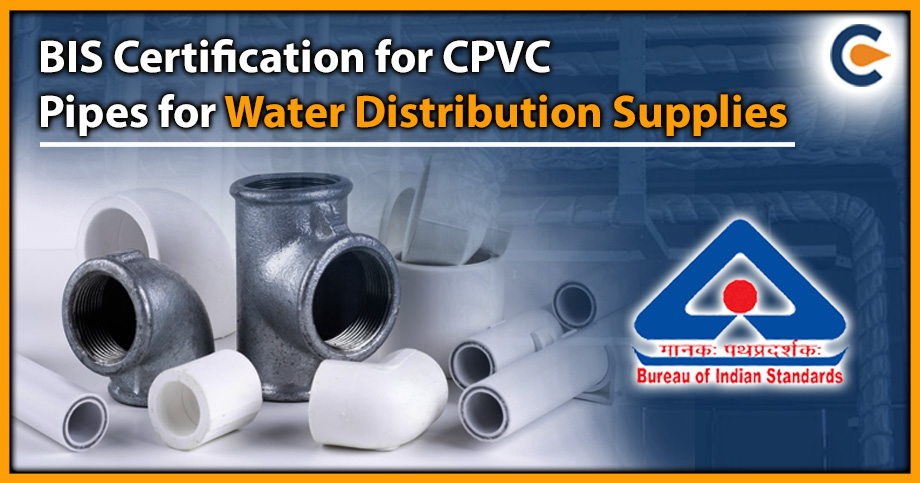Polyester Staple Fiber (PSF) is a synthetic fiber derived from polyester polymer. This type of fiber is produced by cutting it into short lengths, typically ranging from 1.5 to 20 cm, and can be further processed into yarns or woven into fabrics. PSF finds extensive application in the textile industry, where it is utilized for manufacturing various products including clothing, home furnishings, and industrial fabrics. Its manufacturers need to maintain certain standards concerning quality and testing and thus are required to obtain BIS registration. Let’s take a detailed walkthrough of the process concerning BIS certification for polyester staple fibers.
What The Connection Is Between IS 17263:2019 And BIS Certification?
The BIS[1] (Bureau of Indian Standards) certification for Polyester Staple Fibers is governed by IS 17263:2019. This Indian Standard was adopted by the Bureau of Indian Standards after receiving approval from the Textile Division Council and finalizing the draft through the Man-Made Fibers, Cotton, and Their Products Sectional Committee.
Polyester Staple Fibers (PSF) is a type of polyester fiber that is directly produced from poly terephthalic acid (PTA) and mono ethylene glycol (MEG), or from polyester (PET) chips or recycled PET bottle flakes. Virgin PSF refers to PSF made from PTA and MEG or PET chips, while recycled PSF is made from recycled PET flakes.
IS 17263:2019 specifies the requirements for all types of polyester staple fibers (PSF), including virgin fibers, dope-dyed fibers, cationic dyeable fibers, and other specialty polyester fibers like spun lace fibers, slick fibers, antimicrobial fibers, nonwoven/filling fibers, flame retardant fibers, siliconized fibers, microfibers, and more, for various end uses. However, this standard does not cover fibers used in cement matrices for construction work. These requirements constitute the legal significance of the BIS certification for polyester staple fibers.
Classification of Staple Fibers
Manufacturers must declare the classification of staple fibers based on the following parameters:
- Cross Section: For example, circular, profiled
- Cross-Sectional Area: For example, solid, hollow
- Multi-Component Fibers: For example, concentric cover-core, and matrix
- Fiber Linear Density: For example, coarse, medium-fine, fine, micro, and super-microfibers.
Identification of polyester fibers must be done via confirmatory & microscopic tests cited in IS 667, based on parameters defined in IS 17263:2019. The polyester staple fibers must meet the physical and chemical requirements specified in this standard.
All virgin polyester staple fibers must have zero isophthalic acid content when tested according to the method specified in Annex C of IS 16481. The fibers should also be free of major defects.
Polyester staple fibers (PSF) may also need to meet the environmental requirements outlined in this standard. The tests specified in the standard should be carried out in a properly equipped and staffed laboratory, following the specified specifications.
Tests to Become Eligible For BIS Certification for Polyester Staple Fibers
The following specified tests must be conducted by manufacturers or certified BIS labs to qualify for BIS certification.
- Crimp properties test for PSF and fiber fill/nonwoven fibers
- Moisture content test
- Hollowness test for hollow fibers
- Shrinkage test for single polyester staple fibers
- Antimony content in polyester
- Color strength test for dope-dyed products
- Sinking time test for spunlace fibers
- Titanium dioxide test in polymer
- Measurement of percent silicone on fiber
- Phosphorus content test
Packing and Marking Norms for Polyester Staple Fibers
Packing and Marking should be done in accordance with IS 17263:2019. Each bale of PSF should be marked with the information specified in the standard.
By conforming to the requirements of this standard, the product(s) can be certified under the provisions of the Bureau of Indian Standards Act, 2016, and the Rules and Regulations framed thereunder.
The certified product(s) may bear the Standard Mark (ISI Mark). Manufacturers must obtain a BIS license from the Bureau of Indian Standards to use the Standard Mark (ISI Mark). The BIS grants the license based on a successful assessment of manufacturing infrastructure, quality control and testing capabilities, and production processes.
Documents Required To Apply For BIS Certification for Polyester Staple Fibers
Here are the documents required for BIS certification for polyester staple fibers:
- Quality Manual
- Undertaking to comply with the marking and labeling requirements of the BIS standard
- Factory production control (FPC) plan
- List of machinery and equipment utilized in the production process
- Test report conducted by a BIS-recognized laboratory, confirming compliance with the relevant Indian Standard (IS) specification
- Details of the raw materials employed in the manufacturing process
- Completed application form for BIS certification
- Manufacturing process flow chart
- Sample of the product intended for certification
- Organizational chart of the manufacturing company
Please note that this list may not encompass all necessary documents, as additional requirements may apply based on the specific certification scheme and the product category.
The Process to Secure BIS Certification for Polyester Staple Fibers
The generalized process for securing BIS certification for polyester staple fibers is as follows:
To Obtain BIS Certification For A Product, Follow These Steps:
- Identify the relevant Indian Standard (IS) specification applicable to your product.
- Complete and submit the BIS certification application form, including all necessary documents and fees.
- Arrange for your product to be tested by a laboratory recognized by BIS, following the requirements specified in the relevant IS specification.
- Develop a Factory Production Control (FPC) plan and a Quality Manual, outlining the procedures and processes for ensuring consistent product quality.
- Submit the FPC plan, Quality Manual, and other required documents to BIS for review and evaluation.
- If your submitted documents meet the necessary requirements, BIS will conduct a thorough inspection of your factory to verify compliance with the approved FPC plan and Quality Manual.
- Upon successful completion of the factory inspection, BIS will issue the BIS certification for your product.
- Before selling the certified product in India, ensure that it is appropriately marked and labeled according to the BIS standard requirements.
Please note that the specific steps may vary depending on the particular certification scheme and the category of the product.
Conclusion
BIS certification holds significant importance as it verifies that a product complies with the relevant Indian Standard (IS) specifications regarding safety, quality, and performance. While certain products in India, such as polyester staple fibers, necessitate BIS certification, it is voluntary for others. For manufacturers, BIS certification can enhance consumer confidence in their products and enhance marketability. It can also provide a competitive edge by demonstrating adherence to quality and safety standards.
Read Our Article: How To Obtain BIS Certification In India?













